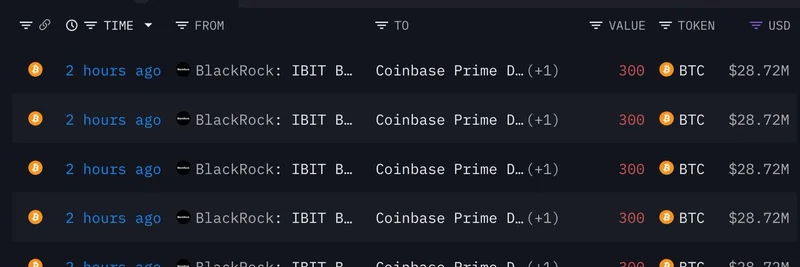If you've ever traded meme coins, you know the drill: prices seem to moon effortlessly overnight, only to come crashing down as the sun rises over the East Coast. A recent tweet from Chase Ebner, a key figure at Solana Mobile, captures this frustration perfectly. He posted: "Living in Asia is pretty wild for markets. You basically check coins and equities future prices throughout the day. Always going up. The second the first mfer wakes up to take a shit in NYC, everything goes to hell. Literally every day."
Chase's take resonates with anyone who's watched their portfolio glow green during Asian hours, then turn red as American traders flood in. But why does this happen, especially with volatile assets like meme coins? Let's break it down.
Crypto markets, unlike traditional stocks, run 24/7 without a close. This means trading activity shifts with global time zones. Asian sessions—covering hubs like Tokyo, Singapore, and Hong Kong—often kick off the day with optimism. Traders there might be riding fresh news from the previous US close or jumping on emerging trends in decentralized finance (DeFi) and non-fungible tokens (NFTs). For meme coins, which thrive on hype, social media buzz, and community momentum, this can mean rapid pumps. Think tokens on Solana or Base chains that gain traction from viral posts on platforms like X (formerly Twitter).
As the clock ticks toward New York opening around 9:30 AM ET, things change. Wall Street's influence spills into crypto, bringing institutional money, regulatory scrutiny, and sometimes profit-taking. Meme coins, being speculative and low-liquidity, feel this shift hardest. A single large sell-off from a US-based whale can trigger cascades, turning yesterday's winners into today's losers.
This pattern isn't new. Seasoned traders often talk about "Asian pumps" followed by "US dumps." It's partly cultural—Asian markets might lean toward risk-on plays, while US sessions introduce more caution, especially with economic data releases or Federal Reserve announcements. For blockchain practitioners, understanding these dynamics is key to timing entries and exits.
If you're building in the meme token space, consider this when launching projects. Time your announcements for Asian prime time to maximize initial hype, then brace for the NYC reality check. Tools like on-chain analytics from Dune or DexScreener can help track these flows in real-time.
Chase's tweet, with its raw humor, highlights a universal truth in crypto: markets are global, but time zones rule. Next time your meme coin dips at breakfast, blame it on that first coffee in Manhattan. Stay vigilant, and remember— in the world of blockchain, opportunity never sleeps, but it does shift continents.



